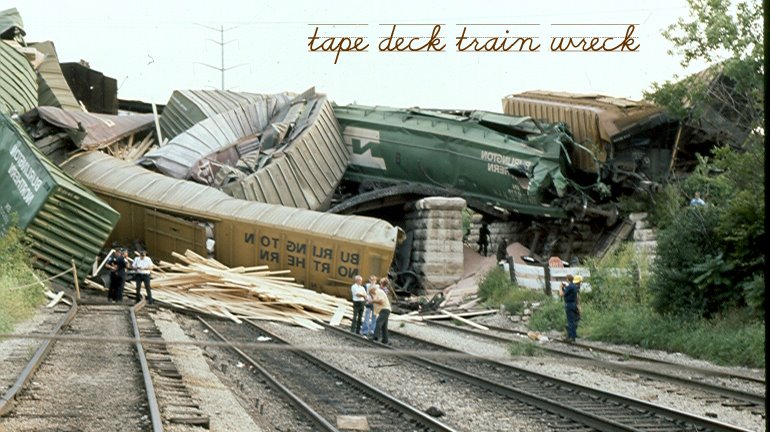
I’ve realized something over the years. Those of us who have spent time in those desolate, isolated armpits of Canada, those unknown, unseen, out of the spotlight, decaying blue collar towns…as we get older we become increasingly aware we’re living in this totally bizarre, fucked up place that the rest of the world will never understand, and in fact doesn’t even know exists. Its not fucked-up in a cool or exotic way like a place like Detroit or Sao Paulo is, so there will never be a movie about it, no famous rapper will emerge from there and put his city “on the map”, so to speak. But we know our city is actually more fucked-up in a less exciting, more surreal, harder to pin down, sociologically fascinating kind of way, below the radar of popular culture. We get this frustrating awareness of our own isolation, that we are sitting in the shadows of the earth; no one see’s us, no understands us, no one even knows we’re there. If only they’d come, they’d see what a bizarre and fucked-up place this is, they’d make documentaries and mocumentaries about it, appreciate it, recognize it, sympathize.
I say this having lived a brief but memorable portion of my life in Oshawa, Ontario. I still cling to this feeling that anyone whose never been there doesn't really understand. People who live in big, cool, cosmopolitan cities don’t get it. They think “the big city” has the crime and the crazy people, they don’t realize we walk around this city without looking over our shoulder because that dark, mysterious place we came from is way more twisted with social breakdown, teenage delinquency, mental illness and random senseless criminality than any big city could ever approach with its fancy liberal city hall and matrix of bleeding-heart social programs for the “marginalized”. Christ, the entire city of Oshawa is “marginalized.” Even the wealthy and privileged live a precarious existence akin to neo-feudal lords in some post-apocalyptic future, stubbornly refusing to migrate to some higher terrain less plagued with mutants and bandits, out of some hypnotic-like state of delusion that their daily existence makes sense.
I think this is a bit of what Guy Maddin felt like when he decided to make the film, My Winnipeg.



